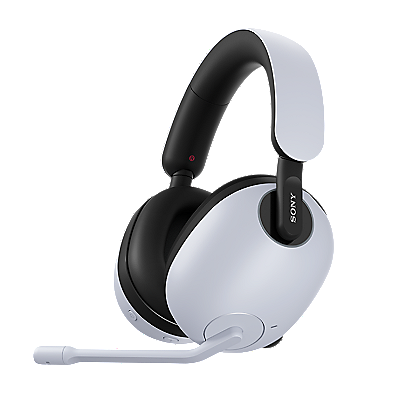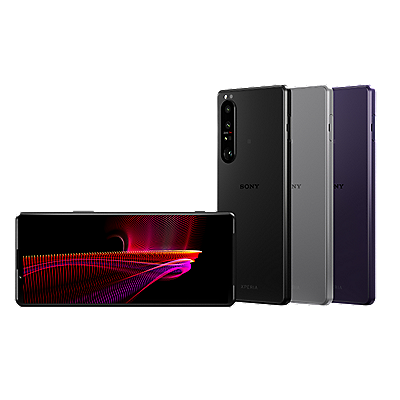Lighting system
Lighting for refined images
Whether you shoot stills or movies, lighting is the key to creating a mood that effectively conveys your artistic intent. Here we'll introduce a few lighting tools and techniques you can use to capture professional quality images.
Flash guide numbers (GN)
* Product availability depends on region.
External flash for greater distance
“Guide Numbers” specify a flash unit's ability to illuminate subjects at a distance. The guide number is equal to the maximum flash-to-subject distance multiplied by the appropriate aperture F-number: Guide Number (GN) = distance (m) x aperture (F-number)
A guide number of 60 (in meters at ISO 100), for example, means that a subject 15 meters away will be properly illuminated with an aperture setting of F4 (60 = 15 x 4). If you decrease the aperture size to F8, the distance will be halved so that subjects at a maximum distance of 7.5 meters (60 = 7.5 x 8) will be properly illuminated. Boosting the camera’s ISO setting can produce results similar to using a flash unit with a higher GN.
Built-in flash (GN 4~12) : close
Built-in flash (GN 4~12) : distant
External flash (GN 43) : distant
External flash units
Bounce Flash
Soften shadows and enhance depth
Although an off-camera flash setup can enhance visual depth, it is usually easier and sometimes just as effective to bounce the light from an on-camera flash unit off a nearby surface such as a wall or ceiling for more natural lighting with enhanced dimensionality. The difference can be dramatic, and since the flash unit stays on the camera you retain maximum mobility and speed. Bouncing the flash also provides broader coverage, and is ideal when you need to light a group of people, for example.


Ceiling bounce
Aim the flash towards the ceiling to diffuse and spreads the light for softer moods and more sophisticated images than can be achieved with direct flash.

Direct flash

Bounce flash
Wall bounce
You can also bounce off a wall if you want soft shadows that fall to the side of subject contours. This approach can sometimes blend better with indoor lighting.



Direct flash

Bounce flash
Flash Synchronization
High-speed and slow flash sync
To create background bokeh in bright light you need a fast shutter speed with a large aperture. If you also need fill flash the maximum shutter speed will be limited, and that can make it impossible to use a large enough aperture. High-speed sync (HSS) makes it possible to use flash at all shutter speeds, so you can increase the aperture as needed.
Slow sync is used in situations where a slow shutter speed is required to properly expose background scenery indoors or at night. The flash fires to expose the subject, and then rather than closing immediately the shutter remains open for long enough to expose the background as well. This gives you well-balanced images in which both the subject and background are properly exposed.

[Left] Normal [Right] HSS
High-speed sync
Fill-in flash normally limits shutter speed, requiring a small aperture that keeps the background in focus. HSS allows high shutter speed and large aperture for shallow depth-of-field.
Slow sync
Normal flash properly exposes the subject but the background is dark. With slow-sync flash both the subject and background are correctly exposed.

[Left] Normal [Right] Slow sync
Off-camera flash
1, 2, and 3 light setups with ratio control
Multiple off-camera flashes can dramatically expand your lighting options. Ratio control, via infrared or radio communication, can make it easy to achieve ideal light output from each light.
1 light: B


Although multiple light setups offer greater versatility, a single off-camera flash can produce beautiful images by moving the main light source away from the camera axis for deeper, more interesting shadows and contours. Reflected light provides some additional fill. The on-camera flash unit (A) is used for control only, while the off-camera flash unit (B) functions as the primary light source for the entire scene.
2 lights: B + C


A 2-light setup offers more versatility and control, letting you position the flash units and adjust their output to achieve optimum subject depth with just the right ratio of key to fill lighting. The main “key “light (B) illuminates the subject from the side, while the “fill” light (C) softens shadows and lights the background. Compared to the 1-light setup above, the subject is more clearly defined and distinct from the background. As in the 1-light setup, on-camera flash (A) provides control only.
3 lights: B + C + D


A third light provides extra freedom for lighting the background and defining subject contours. This example employs key light (B) for primary subject lighting, with fill light (C) directly and broadly illuminating the background. The third light, rim light (D) in this case, provides a crisp line of light that defines the side of the subject that is furthest from the key light, so that she stands out clearly from the relatively bright background. Although this image has more even lighting throughout than either of the preceding examples, each element is clearly separate and well defined. On-camera flash (A) provides control only.

Off-Camera Flash Techniques Book
Flash units suitable for off-camera use
Reliable in any light
While infrared control can be disrupted by bright sunlight or other sources that include infrared components, radio control will operate reliably in any lighting conditions.


Work around obstacles
Radio control will work around obstacles that would block infrared control. Receivers can be positioned behind the camera or subject without compromising reliability.
LED lighting

Off / On
Extra light for better images
Efficient, long lasting LED lights can provide the extra illumination you need to capture high-quality images. They let you shoot at a lower ISO, and can make focusing easier.
Natural colour balance
Unadjusted LED light is close to natural sunlight, and it's easy to match the colour temperature of other types of lighting for natural colour balance wherever you shoot.

Off / On

Off / On
Continuous brightness adjustment
Variable brightness control allows brightness and light ratios to be easily adjusted to create the desired mood and bring out the desired degree of detail.




















